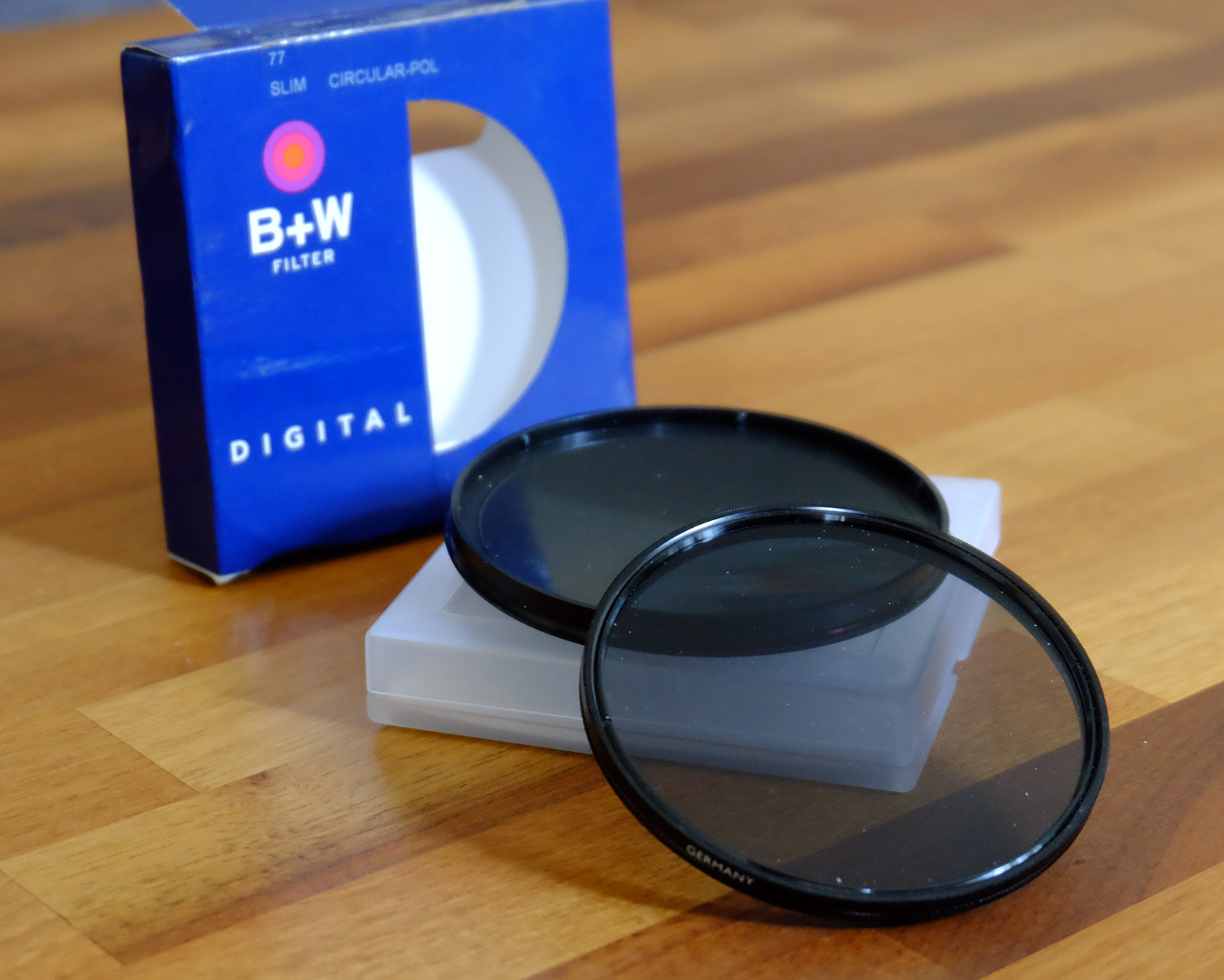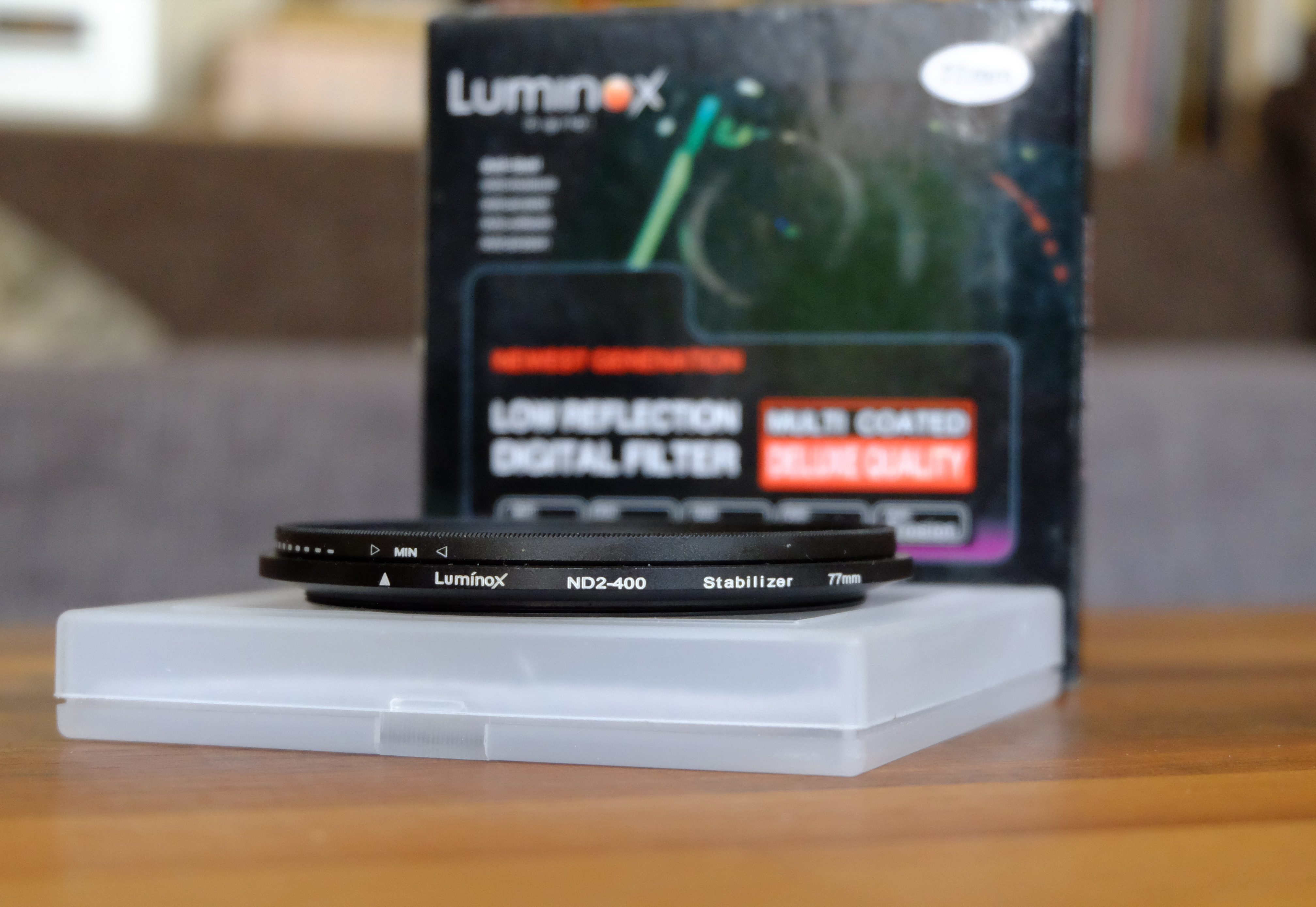It’s all too easy to think that filters are old-fashioned and unnecessary, but there’s a lot to be said for still using traditional filter effects.
Some photography filters, such as polarizers and strong neutral density filters, can produce effects that are time-consuming or even impossible to replicate digitally, while others, like the humble skylight filter, enable you to shoot in conditions that could otherwise damage your lens.
So, don’t rely on Photoshop for all your effects; get out there and have fun the traditional way with the 2 filters that every photographer should own. They will literally transform your images overnight…
CPL (Polarizing filters) Filters
 Given the choice, you’d rather have the skies in your pictures a rich blue rather than a pale shade of washed out, right? Well, you are given the choice when you add a polarizing filter to your arsenal of imaging accessories.
Given the choice, you’d rather have the skies in your pictures a rich blue rather than a pale shade of washed out, right? Well, you are given the choice when you add a polarizing filter to your arsenal of imaging accessories.
Polarizing filters (often called polarizers) can help you out in another way, too: they can reduce, and sometimes even remove, unwanted reflections from your images, and in doing so often increase color saturation. But mostly they’re used to make blue skies bluer and clouds stand out in dramatic fashion. It’s no wonder that outdoor and nature photographers won’t leave home without them.
A polarizer is actually two pieces of glass set in a filter ring that screws onto your lens. The outer piece rotates, and as you look through the viewfinder you’ll see the effect of the rotation.
Polarizers are often ideal for increasing color saturation and cutting reflections during early-morning shooting when water droplets on flowers or grass or mist in the air scatters light and obscures some of the true color of the scene or the sky. A polarizer can also make a rainbow more visible and help out when you’re photographing foliage by reducing reflections on leaves.
More about CPL Filters click here.
ND (Neutral Density) Filters
 In photography and optics, a neutral-density filter, or ND filter, is a filter that reduces or modifies the intensity of all wavelengths, or colors, of light equally, giving no changes in hue of color rendition. It can be a colorless (clear) or grey filter. The purpose of a standard photographic neutral-density filter is to reduce the amount of light entering the lens. Doing so allows the photographer to select combinations of aperture, exposure time and sensor sensitivity that would otherwise produce overexposed pictures. This is done to achieve effects such as a shallower depth of field or motion blur of a subject in a wider range of situations and atmospheric conditions.
In photography and optics, a neutral-density filter, or ND filter, is a filter that reduces or modifies the intensity of all wavelengths, or colors, of light equally, giving no changes in hue of color rendition. It can be a colorless (clear) or grey filter. The purpose of a standard photographic neutral-density filter is to reduce the amount of light entering the lens. Doing so allows the photographer to select combinations of aperture, exposure time and sensor sensitivity that would otherwise produce overexposed pictures. This is done to achieve effects such as a shallower depth of field or motion blur of a subject in a wider range of situations and atmospheric conditions.
For example, one might wish to photograph a waterfall at a slow shutter speed to create a deliberate motion-blur effect. The photographer might determine that to obtain the desired effect, a shutter speed of ten seconds was needed. On a very bright day, there might be so much light that even at minimal film speed and a minimal aperture, the ten-second shutter speed would let in too much light, and the photo would be overexposed. In this situation, applying an appropriate neutral-density filter is the equivalent of stopping down one or more additional stops, allowing the slower shutter speed and the desired motion-blur effect.
More about ND filters click here.
For me, I shoot with Hoya and B&W filters. There are plenty of brands in various prices available. Just see what is best for you and your budget. If you can spare the cash, go for Lee Filters. They are very very good. Other recommendations are B&W Käsemann Filters and Hoya Pro.
On the web you can find loads of info about all kinds of filters. ND Grad Filters, Color Filters, CPL and Non-CPL, UV, etc. You can also learn about filter stacking, using a CPL AND ND filter at the same time.
So just try an see what you like best. Your creativity will get a boost ! (And your pictures too)